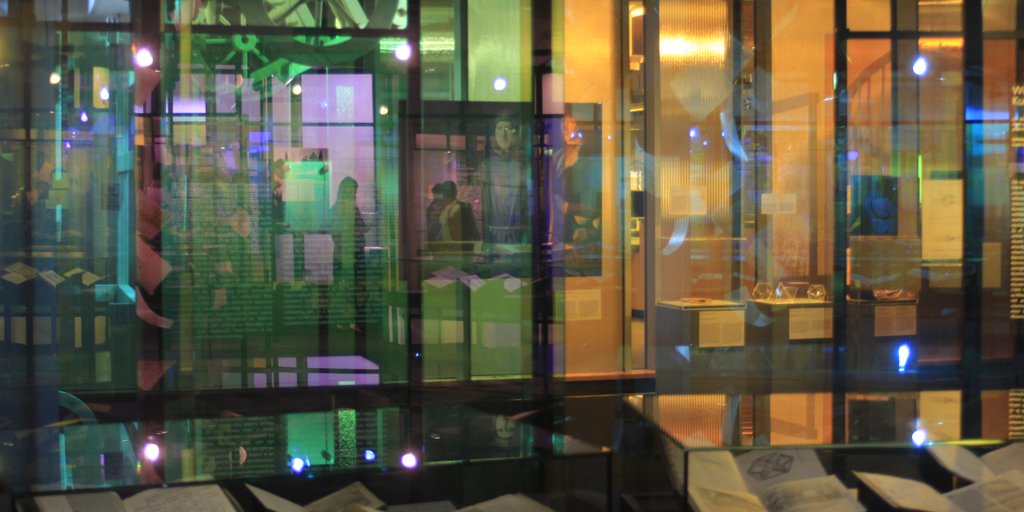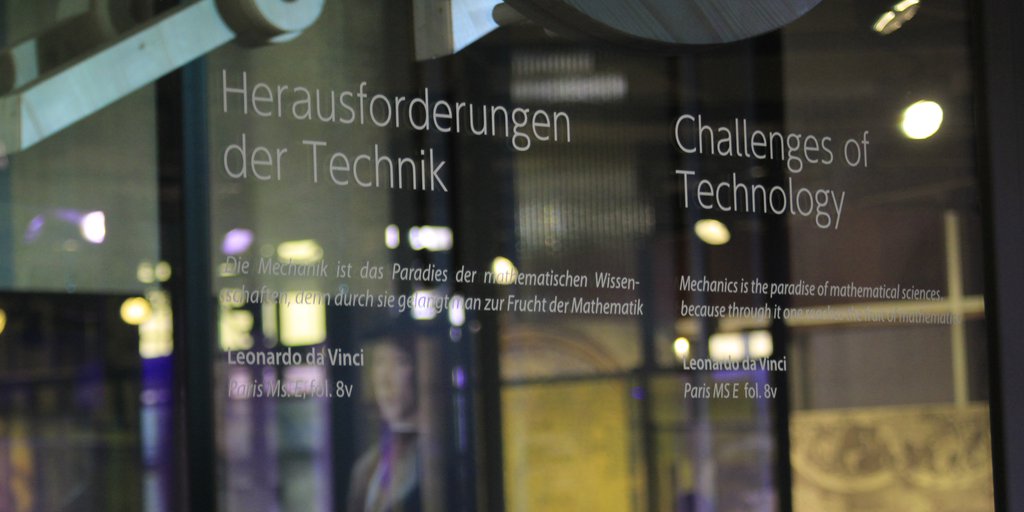
Challenges of Technology <
Mechanics is the paradise of mathematical sciences,
because through it one reaches the fruit of mathematics
Leonardo da Vinci
Paris MS E, fol. 8v. Translation: Elizabeth Hughes
Leonardo was able to develop his technical understanding and knowledge from an early age as an apprentice in the workshop of the gifted painter, sculptor, and goldsmith Andrea del Verrocchio, an expert in various artistic techniques and materials. Leonardo admired the machines that Filippo Brunelleschi had developed for the construction of the dome of the Florence Cathedral. (The copper sphere of the dome lantern that Leonardo later referred to in his writings was made in the Verrocchio workshop.) When Leonardo moved to Milan in 1482, where he had successfully applied for a permanent position at the Sforza court, primarily as a military engineer, he deepened his technical knowledge in many areas. An ambitious autodidact, he studied contemporary specialist technical literature and became a prototype of the artist-engineer. Two predecessors who particularly impressed him were Mariano di Jacopo Taccola (1382–1458) and Francesco di Giorgio Martini (1439–1501), both from Siena. The latter, like Leonardo, was a versatile artist-engineer in court service. Leonardo’s technical interests were fundamentally influenced by the extensive writings of Roberto Valturio (1405–1475), which belonged to his library. Leonardo’s wide-ranging interests, his love of experimentation, and his power of imagination, but not least his outstanding skills as a draftsman, soon enabled him to surpass his role models and opened up previously unknown possibilities in the visualization of technical relationships.
Body Mechanics <
 | 69.
The bones and muscles of the arm 1510–1511 |

In Padua in the winter of 1510–1511 Leonardo performed a large number of anatomical sections to investigate mechanisms of the human body, probably under the guidance of the anatomy professor Marcantonio della Torre. He recorded his observations in visually mature and extremely didactic drawings, which were probably intended for publication from the outset. This sheet examines step by step the rotation of the human arm with the palm turning upward (supination) and downward (pronation). The upper drawing shows the top view of the shoulder and arm, first with the bones in their normal position and then, to make things clearer, separately from each other. The third drawing is a frontal view extended by the two cords of the biceps brachii. Below this are two representations of pronation viewed from above and from the back.
References
Bambach, Carmen C. 2019. Leonardo da Vinci Rediscovered. Vol. 3: The Late Years 1506–1519. 4 vols. New Haven / London: Yale University Press, 216–249.
Clayton, Martin. 2019. Leonardo da Vinci. A Life in Drawing. 200 Works from the Royal Collection. Exhibition catalogue, The Queen’s Gallery, London, 24.5.–13.10.2019, The Queen’s Gallery, Palace of Holyroodhouse, Edinburgh, 22.11.2019–15.2.2020. London: Royal Collection Trust, 171, no. 130.
Clayton, Martin, and Ronald Philo. 2010. Leonardo da Vinci. The Mechanics of Man. Exhibition catalogue Vancouver Art Gallery, Canada, 6.2.–2.5.2010. London: Royal Collection Trust.









